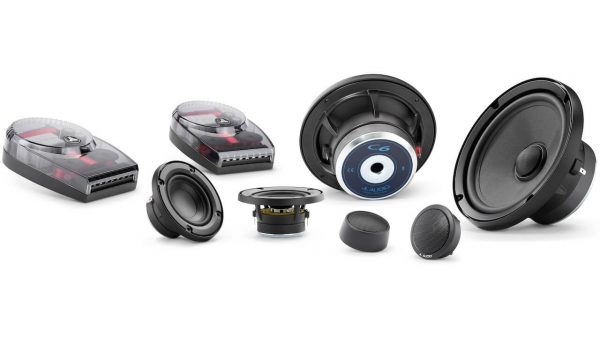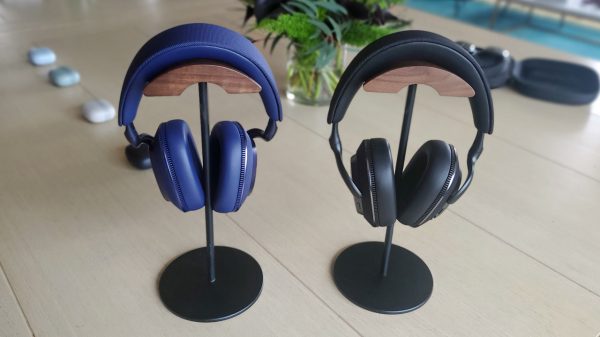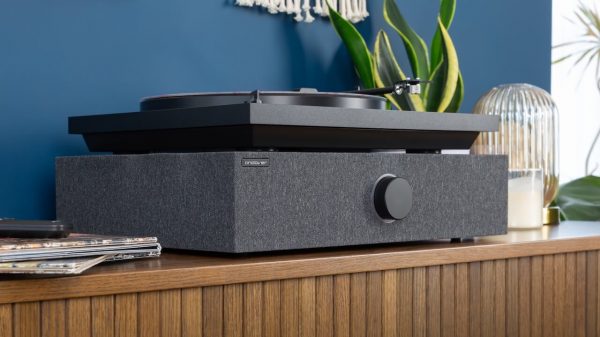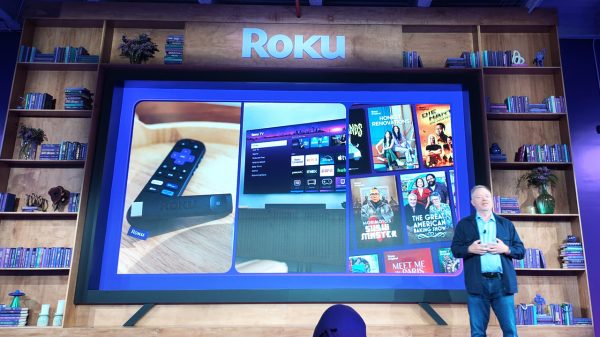After many stops and starts, 3G mobile telephony is coming on with a vengeance. In 2004, ABI Research counted 17.3 million 3G subscribers worldwide, but by the end of 2005 there were 42 million: a year-on-year growth of 142%. And by the end of 2010, 3G will comprise fully 30% of the mobile marketplace, equating to about 1 billion subscribers.
For 3G chipset vendors this would seem to be good news. But how do you differentiate your products in a world crowded with robust competitors such as Agere, Broadcom, Ericsson Mobile, Freescale, Icera, Philips Semiconductors, Qualcomm and Texas Instruments? Some of these have been offering 3G solutions since 2004; do they have an insurmountable lead over the others? Is it possible to uproot a vendor that is entrenched in a handset OEM’s platform? Is there any hope for a brand new vendor in this space?
According to Alan Varghese, principal analyst of wireless research at ABI Research, to answer these questions we need to identify the chipset differentiators for today. “In cellular’s early years, the primary focus was the cellular modem, and on improving its design. In later years, as cellular networks switched on high-speed data, the design focus veered away from the modem and towards applications such as digital imaging, music, and video.”
ABI Research has just released a new study, “3G Chipset Architectures for Video, Music, Gaming and Television” which identifies two simultaneous movements: second-generation links need to be upgraded to 3G and HSDPA; and operators are switching on advanced mobile video, stereophonic music, 3D gaming and television.
“Thus,” says Varghese, “it is no longer an either/or game; the chipset design focus has to be on both the modem and the applications in order to enable robust wireless connections, low power consumption, and enjoyable user-experiences. 3G chipset architects find they have a full plate on their hands. The good news is that the 3G and HSDPA cellular tide is rising; the bad news is that this rising tide may not lift all chipset vendors’ boats.”
3G Chipset Architectures for Video, Music, Gaming and Television discusses these issues in detail, examining market drivers, mobile applications, technology trends, and a side-by-side comparison of the various 3G chipsets. It forms part of ABI Research’s subscription “Wireless Semiconductors Research Service”, which includes a number of research reports, regular market updates, forecast and industry databases, ABI Insights, and analyst inquiry assistance.
Founded in 1990 and headquartered in New York, ABI Research maintains global operations that support annual research programs, intelligence services and market reports in wireless, automotive, semiconductors, broadband, and energy. For more information please visit http://www.abiresearch.com, or call +1.516.624.2500.























